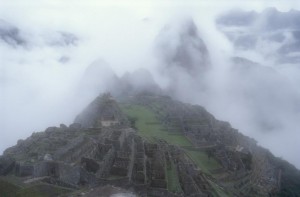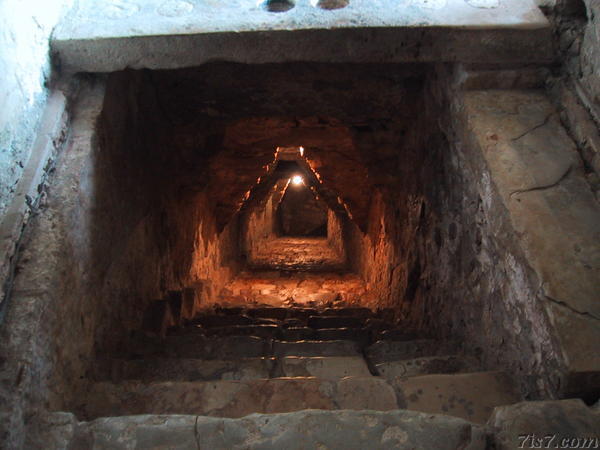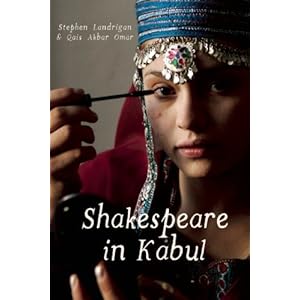An outrageous plan to build a new airport for Cusco on the beautiful highlands above Chincheros
Interesting piece in this week’s Economist which confirms what I was suggesting in a From Our Own Correspondent report for the BBC last year, that Peru is booming away at a phenomenal rate of between 7% and 9% this year, figures that those of us experiencing double or treble dip recessions can only dream of.
The boom has been helped by strong minerals, cautious banks (you have to be a cautious bank if you’re operating in Latin America!) and an emerging middle class. It’s seen the dollar fall against the local currency, the Peruvian sol, by some 25% over five years – not such good news if you’re planning to travel there, although compensated for by rapidly improving infrastructure: over the last decade, the number of roads in Peru has doubled, an extraordinary statistic for this huge country that is five times the size of the UK.
But with wealth comes responsibility – and in particular, responsibility for the environment, not something that has always been Peru’s strong suit (remember the riots about introducing gas pipelines to the Amazon, when local indigenous tribes confronted the army and police).

Now there is an outrageous plan to build a new airport on the beautiful highlands above Chincheros, some thousand feet above Cusco, which is the city that it would serve.
The old airport in Cusco is deemed to have run its purpose – mainly because it can’t take international flights, and also because developers are eyeing up what has become a valuable inner-city resource for housing, having started off as a few fields on the outskirts of town when I first went there in the early 1980s.
There are some doubt as to whether a new airport would really do much better for international flights – and no doubt at all that it would be a huge eyesore on one of the most beautiful areas close to Cusco and one which many tourists see as they travel over towards Machu Picchu.
My old mate Nick Asheshov has written astutely about this in his column for the Peruvian magazine Caretas.
The idea has been ticking over for years and no one really thought the authorities would quite bring themselves to do it. Tragically, it now sounds as it is a done deal, as large amounts of money have been handed out to the local communities already as recompense.
The view over the Chincheros plain to Mount Verónica, past lakes and fields of growing quinoa, is one I have always cherished and I for one will be very sad if it now becomes a sprawl of not only the airport but all the ancillary hotels and mess that an airport inevitably brings.


 Thirty-five years ago, I visited my first Maya site, at Palenque. From the top of the Palacio temple, a staircase led down inside it to the burial chamber of a ruler. The ‘secret staircase’ – it is difficult to use any other less melodramatic term – had only been discovered in 1949. An archaeologist noticed there were holes which had been filled with stone plugs in one of the floor slabs; the temple wall also extended below ground level, suggesting some lower chamber.
Thirty-five years ago, I visited my first Maya site, at Palenque. From the top of the Palacio temple, a staircase led down inside it to the burial chamber of a ruler. The ‘secret staircase’ – it is difficult to use any other less melodramatic term – had only been discovered in 1949. An archaeologist noticed there were holes which had been filled with stone plugs in one of the floor slabs; the temple wall also extended below ground level, suggesting some lower chamber. Going down the corbelled staircase on my own felt like something out of John Buchan. At that time, visitors were asked to bring their own torches, as there were only low-voltage lights running from an intermittent generator.
Going down the corbelled staircase on my own felt like something out of John Buchan. At that time, visitors were asked to bring their own torches, as there were only low-voltage lights running from an intermittent generator. In the years since my visit, much has changed in our understanding of the Maya – from new archaeological discoveries, but above all because we can now finally read the glyphs on the temple stelae. …
In the years since my visit, much has changed in our understanding of the Maya – from new archaeological discoveries, but above all because we can now finally read the glyphs on the temple stelae. … A
A  .
.

![IMG_3683moulay idris#] - lo res](https://www.thewhiterock.co.uk/wp-content/uploads/2011/06/IMG_3683moulay-idris-lo-res.jpg)

